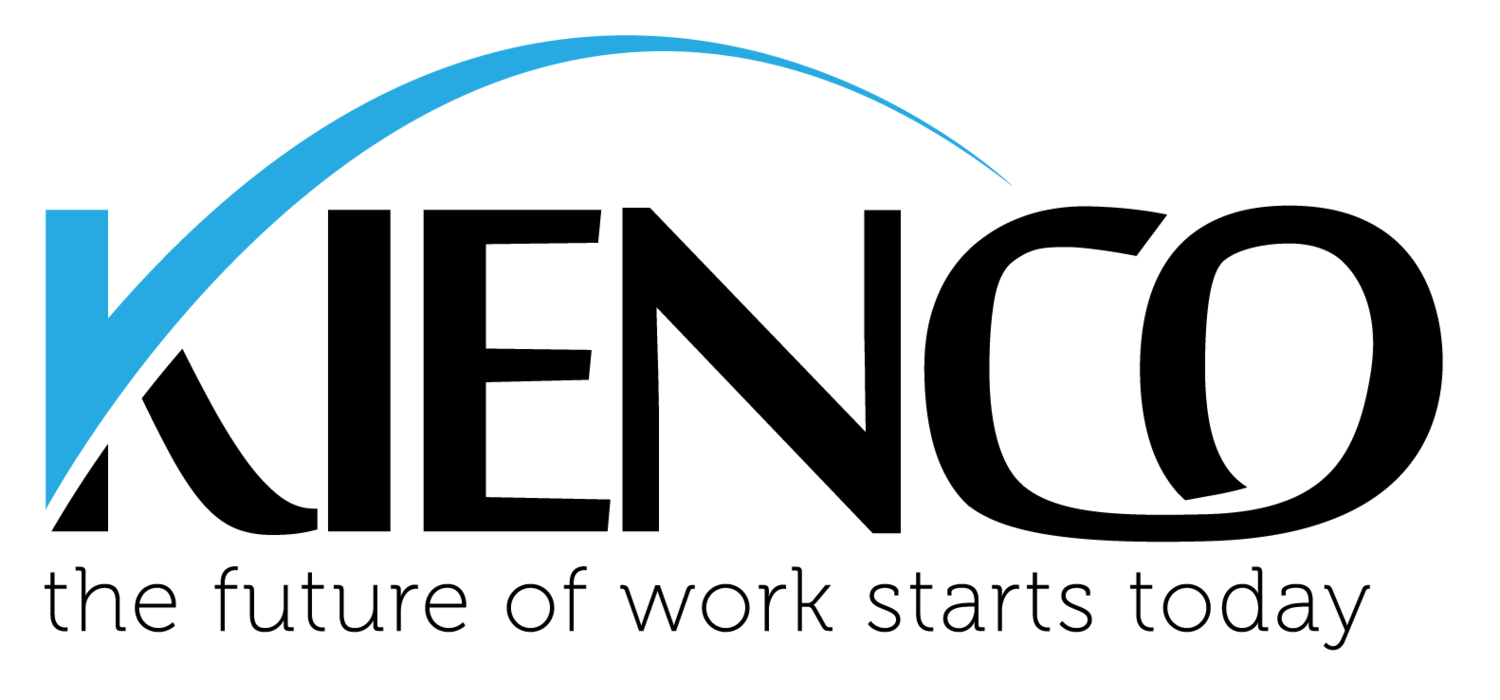Yesterday I had the absolute pleasure of being the International Keynote Speaker for the Workplaces and Workforces of the Future conference in Auckland, New Zealand. As it turns out, it's going to be a very Kiwi year - I'll be back in just a few weeks to run our Strategic Workforce Planning Masterclass in Auckland, Wellington, and Christchurch; and then on April 9th I'll be the keynote speaker at the HR Leaders Summit in Auckland.
One of the concepts we discussed was the once-a-decade newspaper. Imagine there was a newspaper that was only published once a decade, and an edition came out today. (Perhaps this edition would be digital only, given the changing economics of the newspaper industry.)
In the Economics section, there would be a story about Bitcoin, a digital currency not backed by any government, that now has a market capitalisation of $177 Trillion USD, almost the GDP of New Zealand. When the last edition of this newspaper was published, the Bitcoin Whitepaper, the document laying out the case for the currency in the wake of the GFC, hadn't even been published yet.
It might include a story about how there's been a convertible orbiting space, or that there are now three rivers that have legal rights. It would surely mention that there are now 26 countries that have legalised same sex marriage, up from three in 2008.
In politics, there would surely be a story about the Obama Presidency, Trump’s election, and the Arab Spring. Perhaps it would include a story about China's development of a social reputation index.
From a workforce perspective, there would be a story about how 94% of all new jobs being created in the USA are temporary, and that there’s a completely automated supermarket in Seattle. Another would be about how McDonald's, the largest employer of youth in Australia and New Zealand, is automating the ordering process with touch-screens. Big Data and Artificial Intelligence would feature, and there'd be a story about mobile phone games development which didn’t exist in the last edition, has become a $41 Billion industry (and that’s just for games!).
Put in these terms, it's easy to see how world has changed profoundly in a ten-year period, and the world of work is changing with it... yet many of our people practices stay the same. While knowledge work and it’s location have been dis-intermediated, we still hire people in the same old paradigm and in the same locations that we always have - we just give them the option to “work from home”. Sometimes. But by responding to the trend rather than it's drivers, we leave plenty of opportunity un-explored!
When developing workforce strategy, it's critical that we understand the changes not just our workforce, but our organisation and our industry too. It's critical that we look ahead to the possible changes on the horizon if we are to build a truly agile workforce - that's why when Kienco works with organisations to develop a Strategic Workforce Plan, applied foresight is a critical part of the methodology, along with understanding of the current workforce and the labour market.
For most organisations, more than half of the people in your workforce were hired before all of the significant changes listed above. Add in the changes to your industry, and the world is a very different place - not only in terms of the work that we're doing, but the workforce's expectations and skillsets. The core question of Strategic Workforce Planing is this: How can we identify, build, and support the ideal workforce of the future - the one best positioned to execute the vision, mission, and strategy of our organisations - when we can't predict one "official" future? In order to answer this question, we need to blend art and science, data and foresight. With data alone, we are trying to steer into the future while looking in the rear view mirror! After all, there are no facts about the future, and all of our data is about the past.
If you'd like to know more about how you can blend analytics with foresight for a truly robust Strategic Workforce Plan, let's have a chat!

